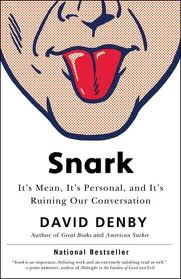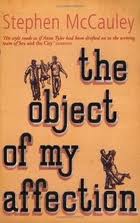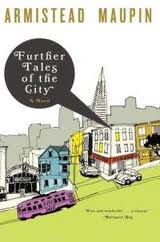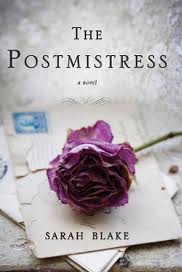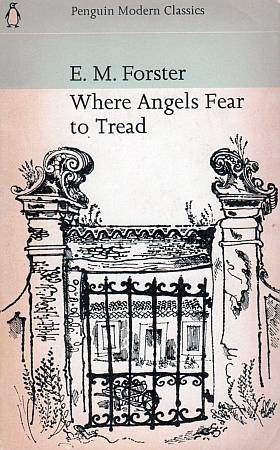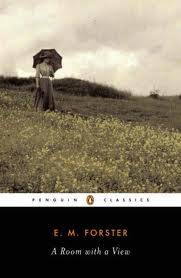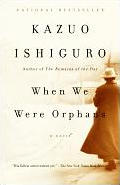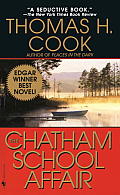
“So he had invented some solutions, for small memories—little slights, insults—you relived them again and again until they were neutralized, until they became near meaningless with repetition, or until you could believe that they were something that had happened to someone else and you had just heard about it.” (Part IV, Ch.3, 380)
To summarize in one phrase, A Little Life is relentless suffering. It is extremely dark and disturbing, beyond excruciating, but has so much beauty in it. The novel follows a diverse crew of four friends, all graduates of a prestigious New England college, tightly bound to each other, who move to New York City to make their way. There is kind, handsome Willem, an aspiring actor; Malcolm, the biracial scion of a wealthy family who is stuck in an architect firm; JB, the child of Haitian immigrants, a painter in pursuit of fame in the art world; and withdrawn, brilliant, and enigmatic Jude, who really is the center of gravity of the story. As Jude’s harrowing, mysterious past is revealed in a restrained manner, mainly because Jude is determined to curb those horrible memories, the relationships between the four friends deepen and darken, each f whom is challenged by Jude’s unspeakable trauma in his childhood.
His brain was vomitting memories, they were flooding everything else—he thought of people and sensations and incidents he hadn’t thought of in years . . . He had tried—all his life . . . he had tried to make himself clean. (Part IV, Ch.3, 391)
As narrative exhausts on the camaraderie, the ensemble recedes and Jude comes to the fore. A Little Life is Jude’s story; it’s a long meditation on sexual abuse, suffering, self-injury, and the difficulties of recovery. What childhood trauma that had befallen him ultimately defines his life—his fear of life and relationship. He’s inclined to self-injury, to cutting himself so that he’s numb from pain. The cutting becomes a leitmotif, recurring and queasy. Cutting is both a symptom of and a control mechanism for the profound abuse Jude suffered during the years before he came to university. The depiction of abuse and physical suffering at the hand of a priest is so graphic that would make some readers queasy.
The book is long, but what Yanagihara does in chronicling Jude’s battered past is balanced by lighter stretches. Some of the most moving parts of the novel are not its mos brutal but its tenderest ones, moments when Jude receives kindness and support from his friends, his adopted parents, and especially from Willem, who loves him and does not treat him as an object. In a way, friendship is the only solace available to him and friendship alone makes it possible for him to conceive life. The book doesn’t offer any possibility of redemption and deliverance beyond the tender moments, but it does give us the moral that however sad life is, one goes on to search for solace. It’s a book about the limits of friendship and the bright humanity of people.
720 pp. Picador. UK Paper Edition. [Read|Skim|Toss] [Buy|Borrow]
Filed under: American Literature, Books, Contemporary Fiction, Contemporary Literature, Literature | Tagged: A Little Life, American Literature, Books, Contemporary Literature, Hanya Yanagihara | 3 Comments »





